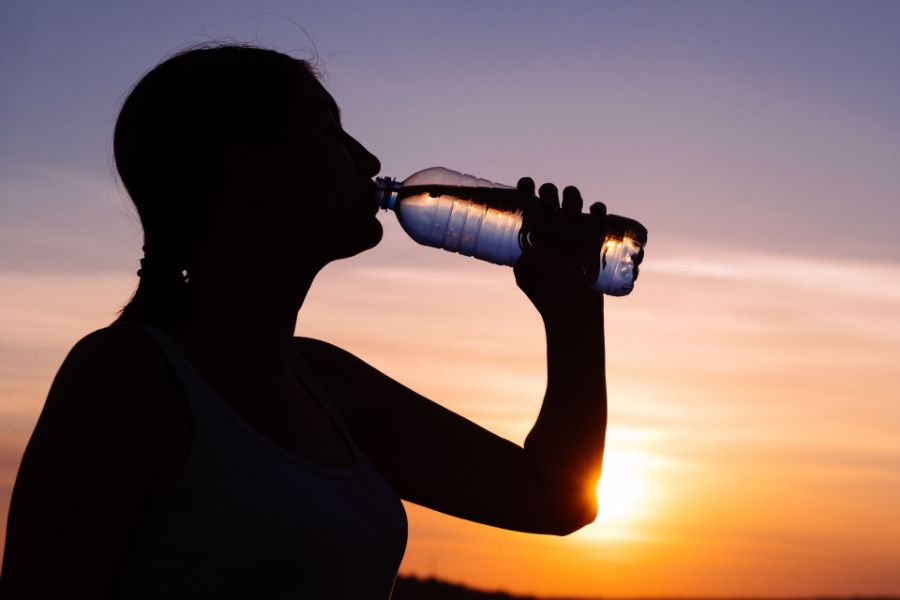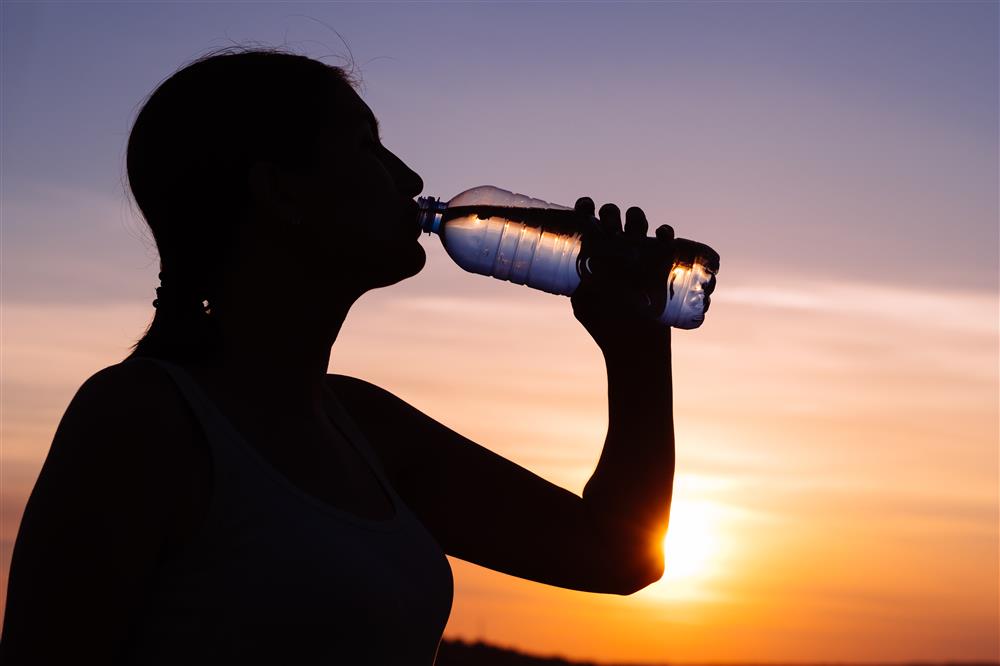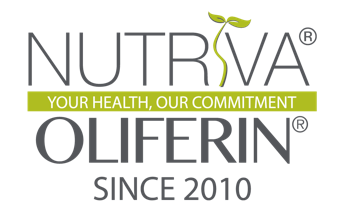

By Pharmacist, Doreen
During extremely hot weather, it is easy for our body to overheat and thus become dehydrated. This can lead to life-threatening heat-related illness such as heat stroke and heat exhaustion.
Heat can also make existing illnesses worse (for example may trigger a heart attack in someone with a heart condition), cause serious permanent injuries (such as damage to the brain or other vital organs), and in extreme cases result in death.
Extreme heat and your body
In very hot weather, the body must work hard and produce a lot of sweat to keep itself cool.
Sometimes sweating isn’t enough and a person’s body temperature rises rapidly. This is more likely to happen when it is humid, or when a person is dehydrated and cannot produce enough sweat.
When the body temperature rises above 37.8 degrees Celsius, a person may develop a heat-related illness. Some people are at higher risk of heat-related illness. For example, elderly people and people taking certain medications have difficulty producing sweat. Young children are also at risk as they produce more body heat, sweat less and have more rapid rises in body temperature.
Dehydration
Dehydration is a decrease in the body’s water balance. Water is crucial for survival since approximately 75 percent of the human body is water, so dehydration can have severe health consequences. Dehydration happens when your body lacks the proper amount of fluids and electrolytes to keep working properly.
Heat stroke
Sunstroke, or heat stroke, occurs when the body temperature rises above 104 degrees Fahrenheit within a time frame of 10 to 15 minutes. This rapid increase in body heat coupled with a failing sweating mechanism leaves the body without the ability to cool itself. Certain groups of people including infants, young children and older adults, as well as those taking certain medications or with certain health conditions, are more prone to these conditions.
Signs of Dehydration
Signs and symptoms of dehydration vary depending on how severe the condition becomes. One of the top indicators of hydration levels is the colour of urine: pale or clear urine indicates good hydration levels while darker urine points to dehydration. In addition to darker urine, early symptoms of dehydration may include thirst and decreased urine production. Moderate dehydration may also include the following symptoms:
- Lethargy
- Dry mouth
- Muscle weakness
- Dizziness
- Headache
Severe dehydration may include the above symptoms plus the following:
- Sunken eyes
- Lack of sweating
- Dry, shriveled skin
- Low blood pressure
- Fever
- Increased heart rate
- Delirium
- Unconsciousness
Signs of Dehydration in Children
Infants and children may show the following symptoms of dehydration:
- Irritability
- Sunken soft spot in infants
- Dry mouth and tongue
- No tears when crying
- Sunken eyes or cheeks
- No wet diapers for more than three hours
Signs of Sunstroke
Sunstroke shares a number of symptoms in common with dehydration including a headache, sweat changes, increased heart rate, delirium and unconsciousness. Sunstroke victims may also display the following symptoms:
- Slurred speech
- Extremely high blood pressure
- Seizure
- Altered mental state
- Rapid heart beat
- Hallucinations
Treatment
Treatment of dehydration and sunstroke focuses on reversing the condition that causes the problem. This means replacing lost fluids and electrolytes for dehydration and decreasing temperature for sunstroke.
Treatment for dehydration may include the following:
- Drinking clear fluids including water, ice pops, broth or sports drinks. Sports drinks have electrolytes, which your body loses through excessive sweating.****
- Avoiding caffeinated beverages
- Treatment of underlying medical conditions that increase the risk of dehydration such as diarrhoea, vomiting, fever and diabetes
Cool a person with sunstroke quickly. Possible ways to treat sunstroke include:
- Submerging in cold water
- Misting with cool water and fanning to encourage evaporation and cooling
- Placing ice packs on the body in areas with large superficial veins such as the neck, armpit, groin and back
- Call Ambulance
Prevention of Dehydration and Sunstroke
Both dehydration and sunstroke are more common in hot weather. Take steps to help avoid them by following these prevention tips:
- Drink plenty of fluids
- Consume foods with a high water content like fruits and vegetables
- Minimize activities in extreme heat
- Avoid being active during the hottest part of the day
- Replenish fluids after activity or sweating
Additional tips for avoiding sunstroke include:
- Wear lightweight, loose-fitting clothing
- Take frequent breaks from activity in hot conditions
- Don’t leave someone in a parked car, even with open windows
- Avoid sunburns
**Do note: A lot of sports drink or isotonic drink contain sugars, which may not be advisable during hot, humid, dehydrated days. Too much sugar may make dehydration and other symptoms worse. We can go for sugarless products which may help replenish lost minerals and electrolytes. On top of it, product which contains other ingredients which can help boost our immunity will be particularly wise choice during this heat wave season. Feel free to talk to your pharmacist and enquire about it**
Reference:
- Dehydration and heat stroke retrieved from https://www.hopkinsmedicine.org/health/conditions-and-diseases/dehydration-and-heat-stroke
- The Difference Between Dehydration, Heat Exhaustion and Heat Stroke retrieved from https://advancingyourhealth.org/the-difference-between-dehydration-heat-exhaustion-and-heat-stroke/
- Do You Have Heat Stroke or Heat Exhaustion? Learn the Signs retrieved from https://www.healthline.com/health/heat-stroke-vs-heat-exhaustion#causes
- Dehydration & Sunstroke retrieved from https://www.slma.cc/dehydration-sunstroke/

